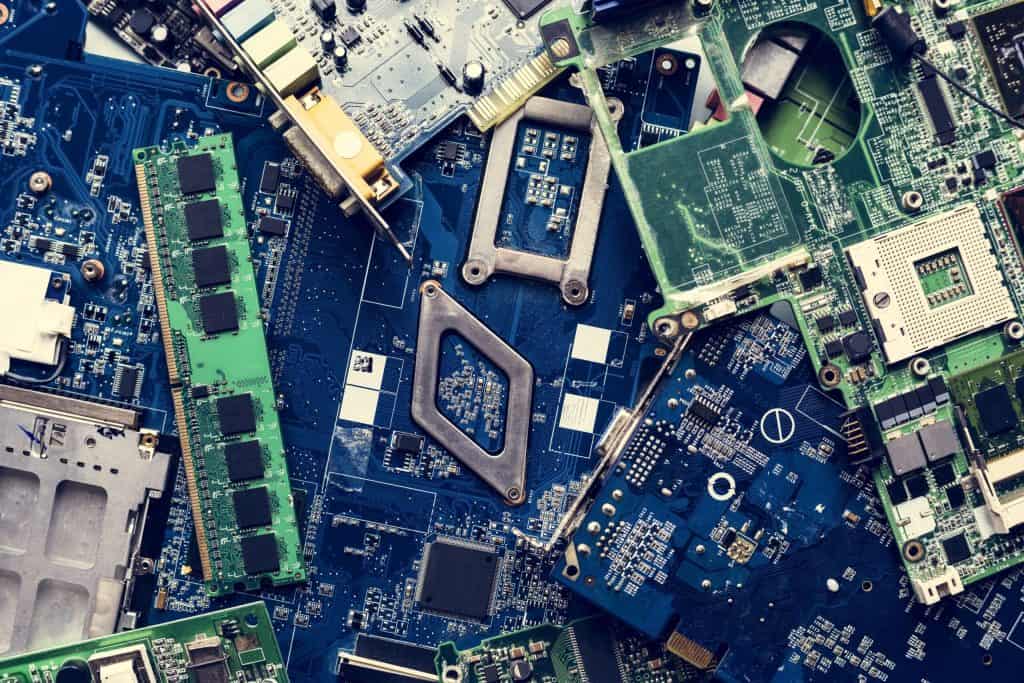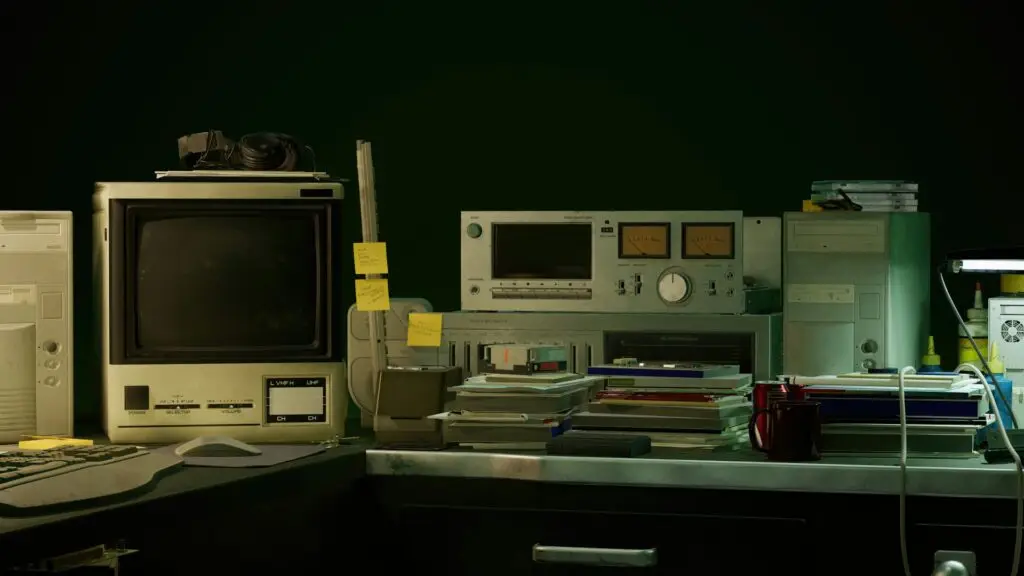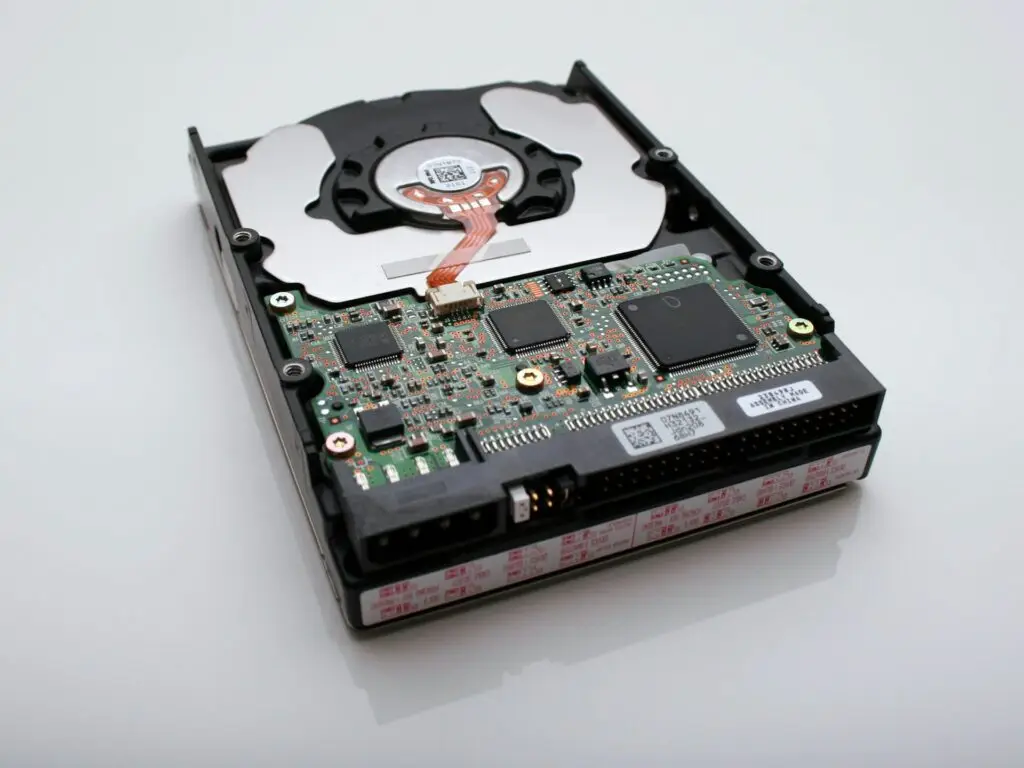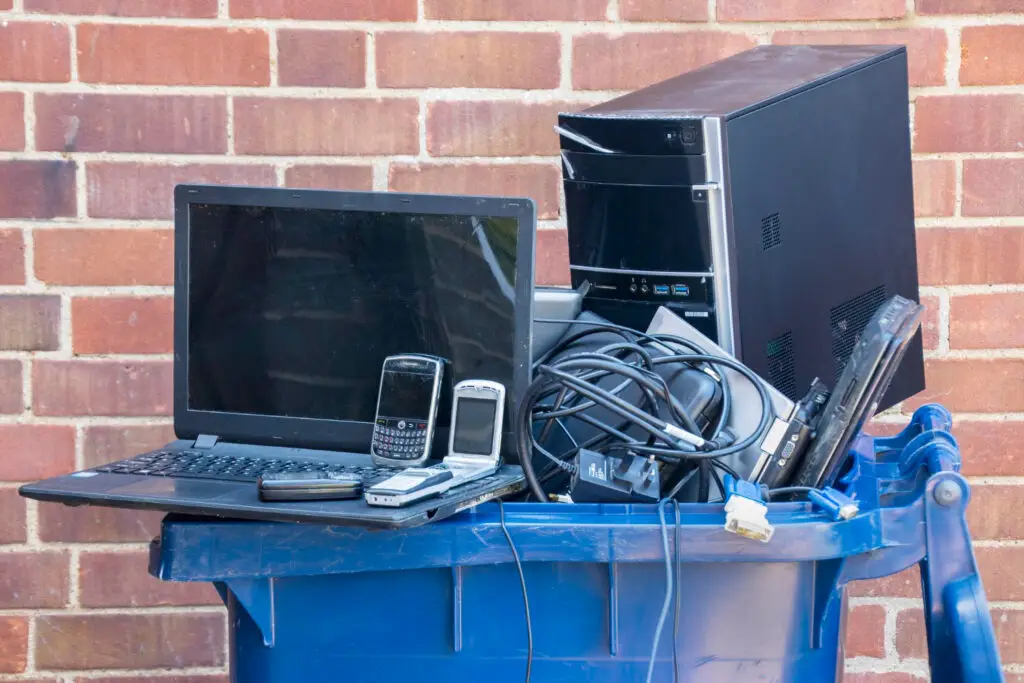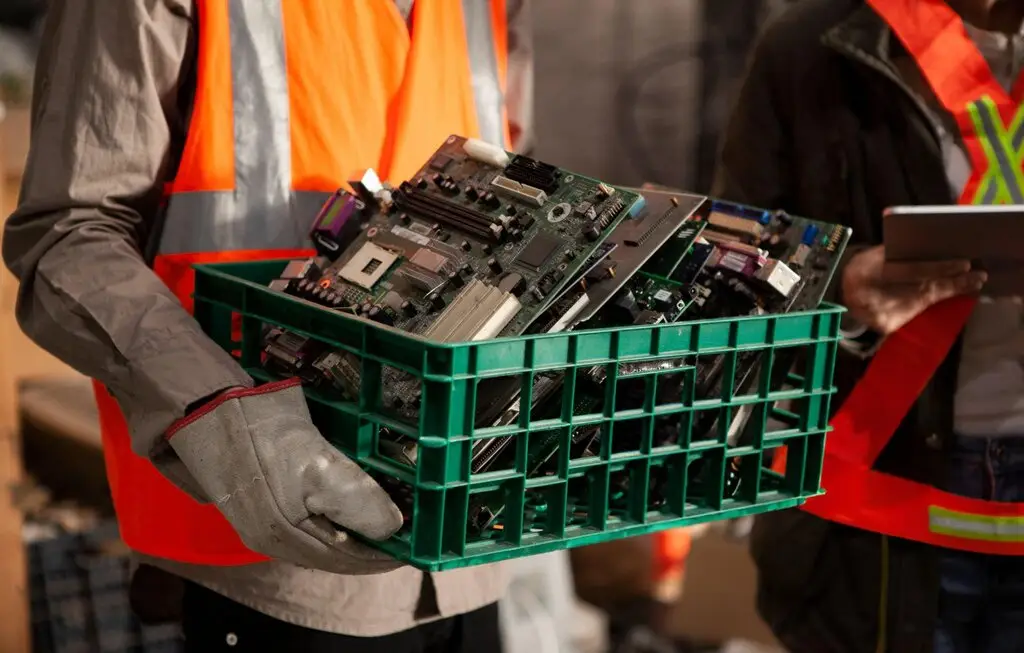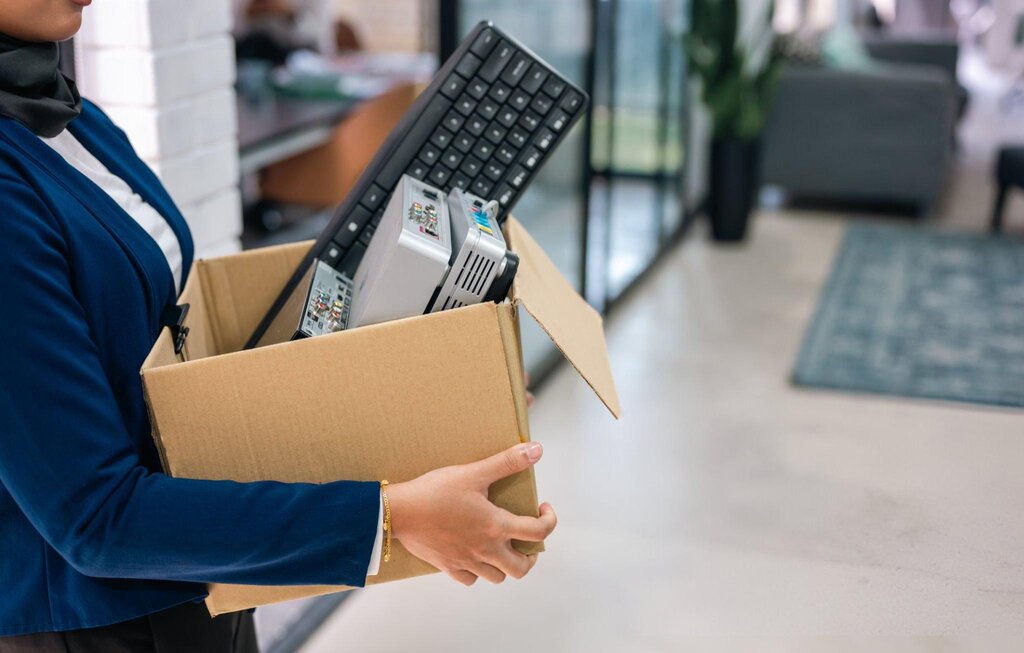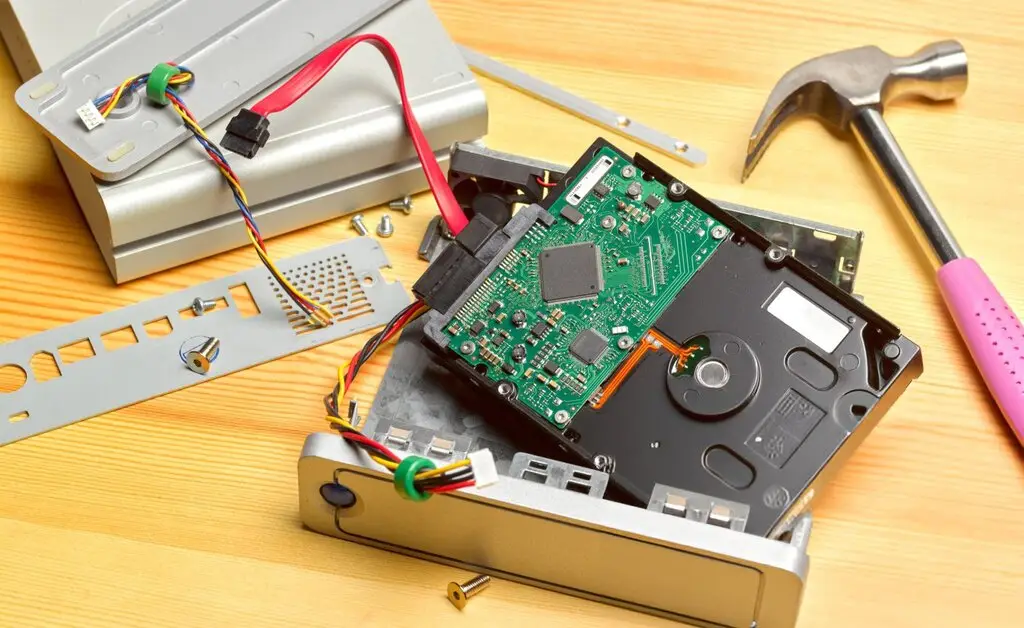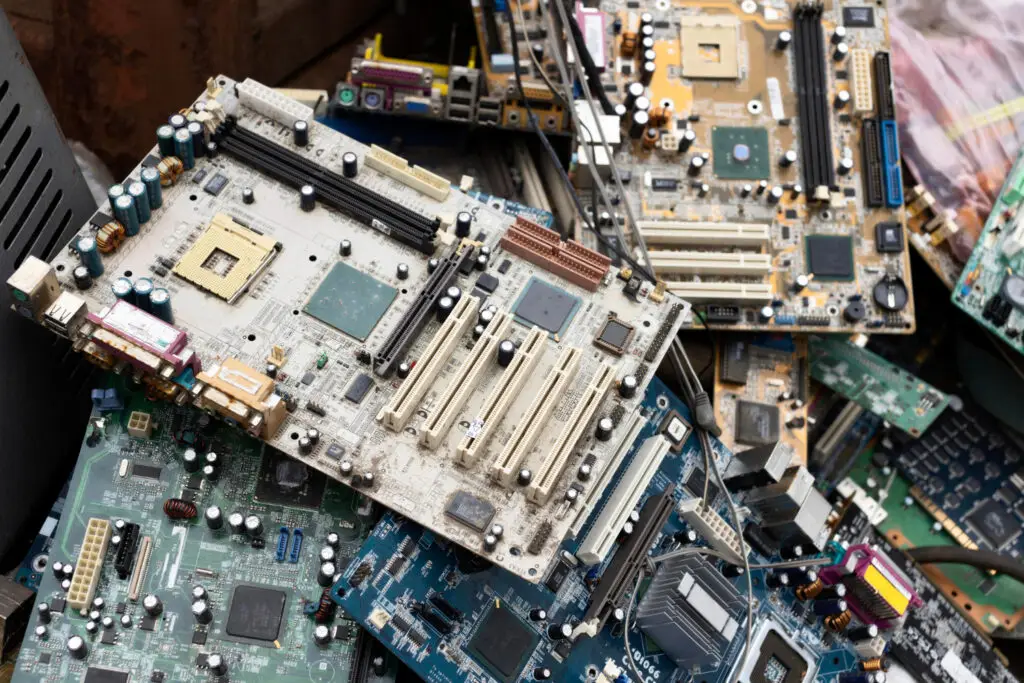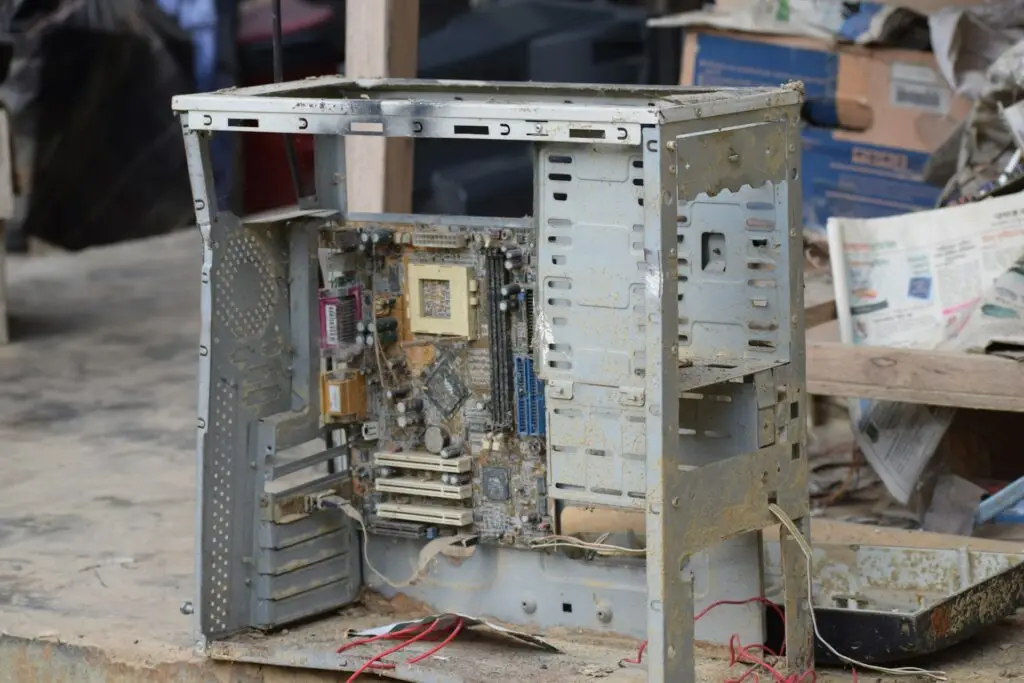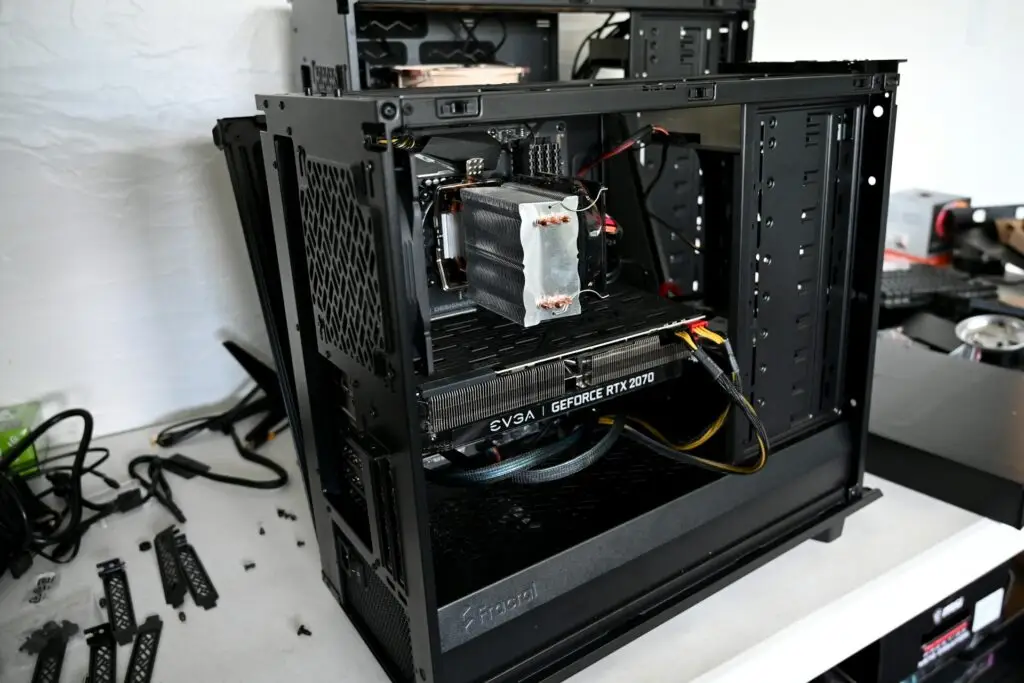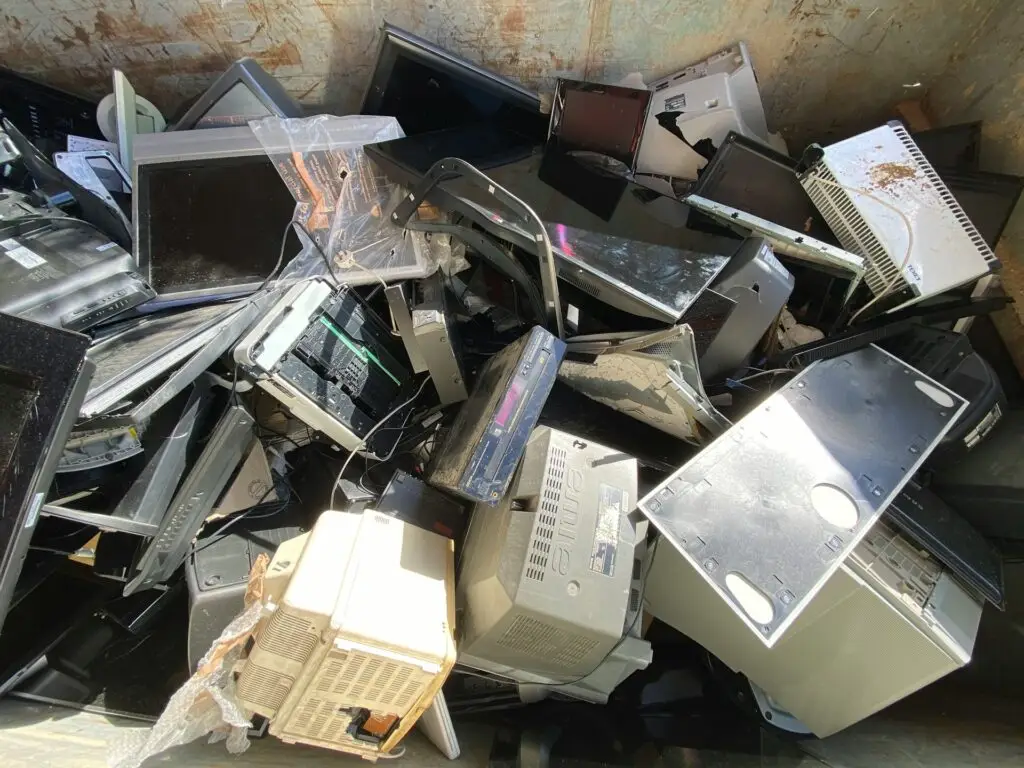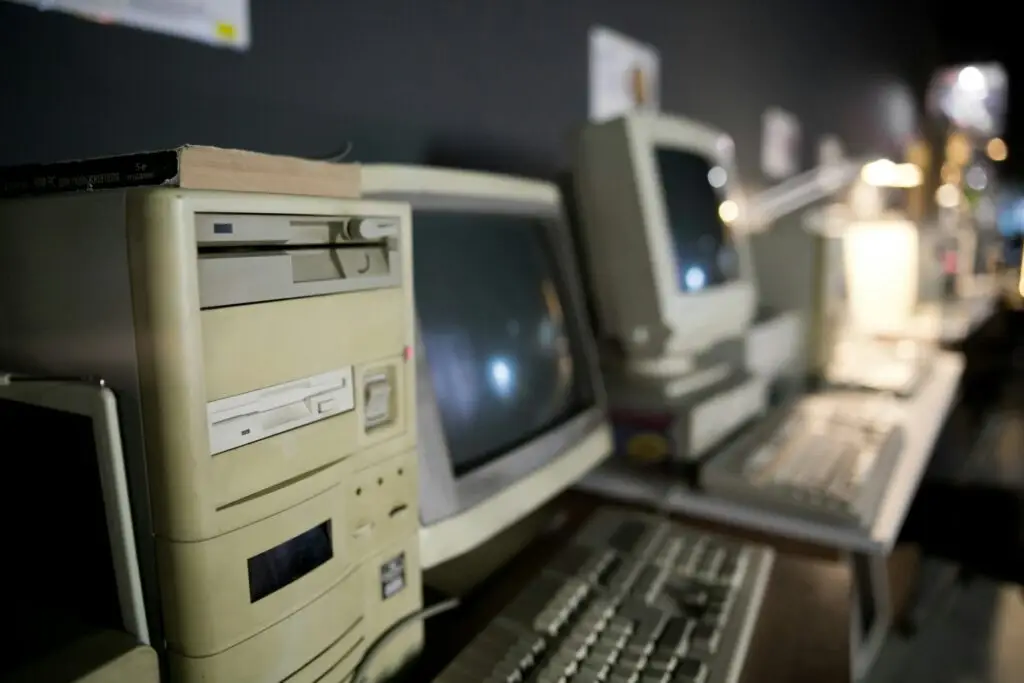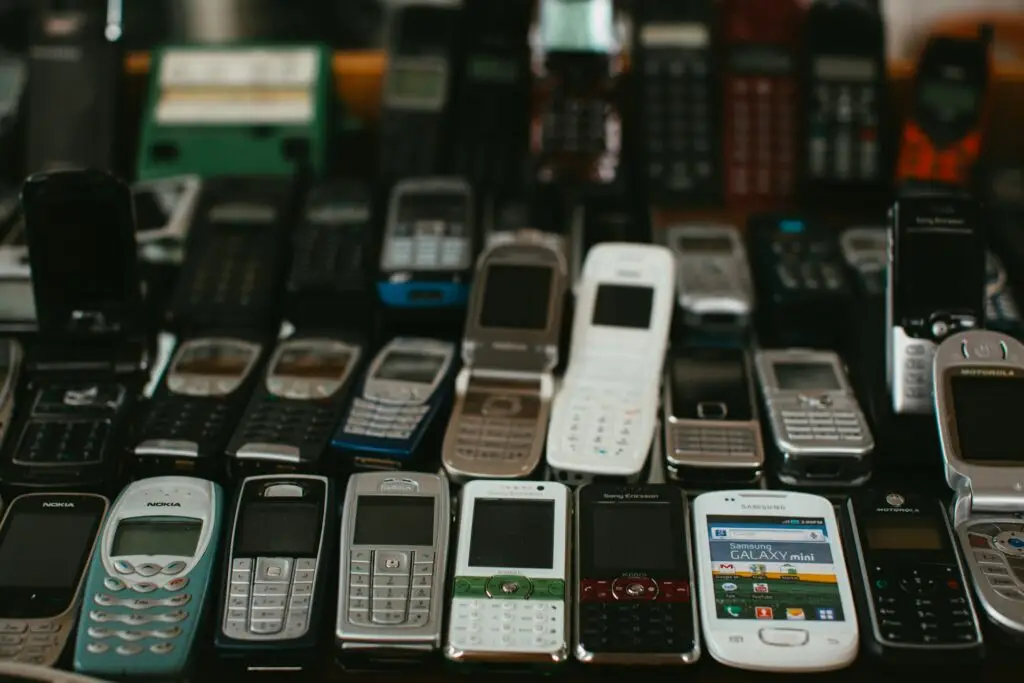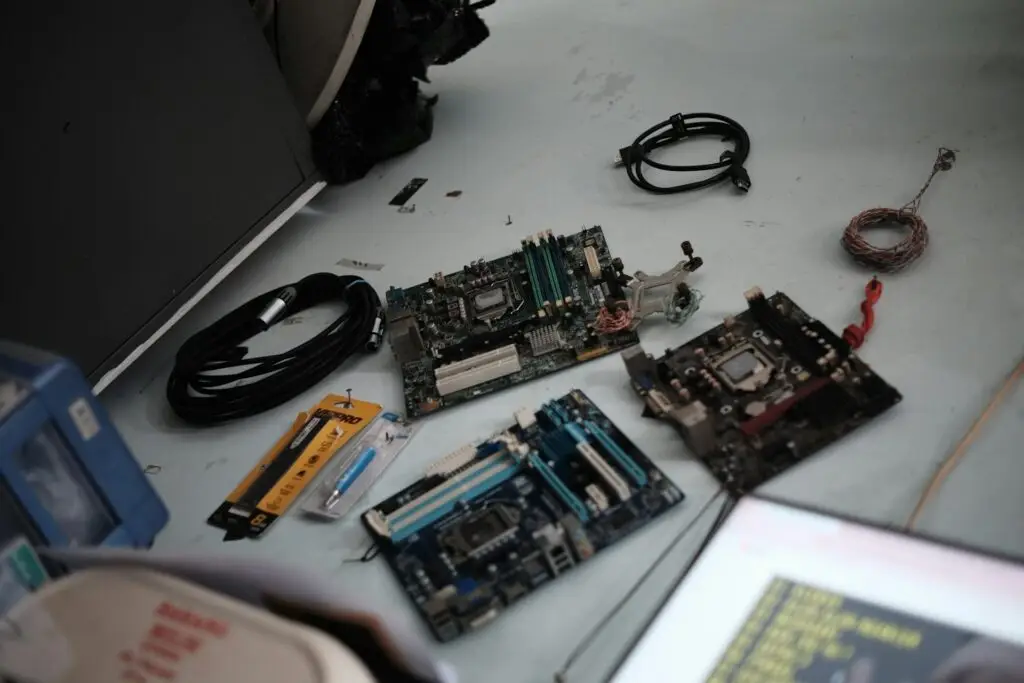Reverse logistics is an important part of managing electronic waste, or e-waste. It involves the process of moving products from consumers back to the manufacturers or recycling facilities. This helps ensure environmentally friendly disposal or repurposing of electronic devices. As companies upgrade their technology, they generate a considerable amount of e-waste that needs to be handled properly.
Implementing reverse logistics can help businesses manage their e-waste efficiently while also preserving valuable resources. By collecting, processing, and redistributing discarded electronics, companies can reduce the amount of waste that ends up in landfills. This protects the environment and conserves materials like metals and plastics that can be reused in new products.
Reverse logistics makes it easier for businesses to comply with environmental regulations, avoid legal penalties, and showcase their commitment to sustainability. This approach also provides an opportunity to recapture value from used electronics, enhancing the overall efficiency and profitability of the business.
Understanding the benefits and key components of a successful reverse logistics system helps companies make informed decisions about their e-waste management practices.
Understanding Reverse Logistics in E-Waste Management
Reverse logistics involves the process of moving used or unwanted products back from the consumer to the point of origin for proper disposal, recycling, or refurbishment. In the realm of e-waste management, reverse logistics is crucial. It ensures that electronic devices are collected and treated in a way that recovers valuable materials while minimizing environmental harm.
Reverse logistics covers several steps, starting with product return. This includes collecting used devices from consumers or businesses. The next step is sorting and grading the devices based on their condition and potential for reuse or recycling. The devices that are in good shape can be refurbished and resold, while others are dismantled to recover valuable components and materials. Finally, any hazardous substances are safely disposed of to prevent environmental contamination.
By perfectly organizing these steps, reverse logistics helps to manage e-waste efficiently. It reduces the burden on landfills and ensures that valuable materials do not go to waste. Understanding these processes allows businesses to see the importance of a well-structured reverse logistics system.
Benefits of Reverse Logistics for Businesses
There are many benefits of reverse logistics for businesses, especially those dealing with e-waste. These advantages go beyond just environmental impact; they also include financial and operational improvements.
- Cost Savings: By reusing and recycling materials, businesses can significantly cut costs. This process reduces the need for new raw materials and lowers disposal expenses.
- Revenue Generation: Refurbished electronics can be resold, creating a new revenue stream. This reduces losses from obsolete inventory and maximizes the value extracted from used equipment.
- Regulatory Compliance: Proper e-waste management through reverse logistics helps businesses comply with environmental regulations. This reduces the risk of fines and legal issues, ensuring that the company meets all necessary guidelines for safe disposal.
- Enhanced Brand Image: Companies that manage their e-waste sustainably can improve their brand image. Demonstrating a commitment to environmental responsibility can attract eco-conscious customers and partners.
The benefits of reverse logistics are varied and significant. They offer businesses a way to operate more sustainably while also reaping financial and regulatory advantages.
Key Components of a Successful Reverse Logistics System
For reverse logistics to be effective in e-waste management, several key components must be in place. These components ensure the efficient collection, processing, and redistributing of electronic waste, maximizing the benefits for businesses and the environment.
- Collection Network: A robust collection network is essential. This network can include designated drop-off points, mail-back programs, or partnerships with stores and organizations to gather e-waste from consumers and businesses.
- Sorting and Grading: Once collected, e-waste must be sorted and graded properly. Devices are inspected to determine their condition and potential for reuse, refurbishment, or recycling. This step helps in allocating resources effectively.
- Processing Facilities: Advanced processing facilities are crucial for breaking down and recycling electronic devices. These facilities must be equipped to handle hazardous materials safely and efficiently.
- Tracking and Reporting: A reliable system for tracking and reporting e-waste helps monitor the flow of materials and ensures accountability. Transparent reporting can also help businesses comply with regulatory requirements and demonstrate their commitment to sustainability.
By focusing on these key components, businesses can develop a reverse logistics system that is both efficient and sustainable. This ensures that e-waste is managed in a way that maximizes material recovery and reduces environmental impact.
How Reverse Logistics Supports Environmental Sustainability
Reverse logistics plays an important role in environmental sustainability by ensuring that used electronic devices are managed responsibly. It helps reduce the negative impact of e-waste on the environment and conserves valuable resources.
One major way reverse logistics supports sustainability is by minimizing landfill waste. When electronic devices are sent to landfills, they can release harmful substances like lead and mercury into the soil and water. By recycling and refurbishing electronics, we prevent these pollutants from harming the environment.
Reverse logistics also conserves natural resources by recovering valuable materials from old devices. Metals like gold, silver, and copper can be extracted and reused in new products. This reduces the need for mining and conserves the earth’s finite resources.
Additionally, reverse logistics helps reduce the carbon footprint associated with manufacturing new electronics. By reusing and recycling materials, businesses can lower their energy consumption and decrease greenhouse gas emissions, contributing to a healthier planet.
The Importance of Reverse Logistics in E-Waste Management
Reverse logistics is a key element in e-waste management that benefits businesses and supports environmental sustainability. By implementing an efficient reverse logistics system, companies can ensure proper disposal and recycling of electronic devices.
This helps comp comply with environmental regulations and generates cost savings and new revenue streams. Key components like a strong collection network, efficient sorting and processing, and reliable tracking are vital for success.
The role of reverse logistics in promoting sustainability cannot be overstated. It helps divert harmful substances from landfills, conserves valuable resources, and reduces the carbon footprint of manufacturing processes. Understanding and incorporating these practices is crucial for businesses aiming to operate responsibly and sustainably.
If you’re looking to manage your e-waste more effectively, consider partnering with a professional electronic recycler in Atlanta. Contact ReWorx Recycling today to learn more about our reverse logistics services and how we can help your business contribute to a greener future!

